Summer is the optimum time for gardens, there’s no doubt - especially in my northern hemisphere where garden or planting zones run from 3 to 7. The green bounty of trees and shrubs, along with the zing of color rendered by the seemingly limitless, leafy perennials and annuals is just so hearth-clutching. Ahhh - Mother Nature smiles...
But then. There is the reality. Like any good mother, she recognizes that her children need discipline. The “green kids” should know about the botanical and landscape design art, the nurturing garden management skills, the healing properties of forests and gardens and - of course - the plants.
But wait - doesn’t Mother Nature just take care of all that?
No.
Like any mother or Pacchamama goddess - she wants to teach you how to take care of her gifts. What’s that proverb? Give a man/woman a fish and you feed him for a day; teach a man/woman to fish and you feed him for a lifetime.”
Well in this case,
The New York Botanical Garden (NYBG) - the premiere museum of plants and the optimum place to learn about all things garden art - is offering five, fast-track, plant-based disciplines certificate programs where you can learn:
- Landscape Design
- Gardening
- Floral Design
- Botanical Art & Illustration
- Horticultural Therapy
Incentives for IntensivesIf the green education wasn’t enough of its own motivation, the Garden has generously come up with a value-add gift or incentive swag to persuade you to sign up. Now. (You know you want to…)
NYBG is offering you, dear readers and social media Followers,
$50 off of the Floral Design, Gardening, and Landscape Design Intensives by using Code GG50 at checkout when you purchase the course.
The code is valid until June 15, 2019.In addition to the $50 discount off of the Intensive Program(s) you’re
eligible to win the All-Garden passes to those who enter in the Comments section here on the blog. The Garden will consider each Comment an entry and then select one winner based on all the entries.
So blab away, below!
You can also re-post on social media with a Comment and be eligible for the Passes.
You know you have a lot to get off your chest and share! Some Comment suggestions might be how you always wanted to learn about the transformative power of gardens. Or how you have a black thumb and want to change this. Many folks tell me they changed their health by growing organic fruits and vegetables. Others have given themselves - and their family and friends - the gift of arranging floral bouquets, table decor of seasonal flowers, and vases brimming with color, scent, and native beauties. And don’t leave out how gardening with your children or grandchildren changed your lives…
So what’s it gonna be this summer? All that beach sand won’t get you anywhere. (Except maybe to the shower to rid that grainy dust out of your swimsuit!)
Jump in here. Take this plunge!
Learn a coveted skill, express your inner garden artist, and maybe pursue a new career.
The Summer Intensives have launched or kick-started more than a few second or third “acts.” Or what the Garden refers to as an “encore career.” I like that.
You can earn a prestigious NYBG Certificate in the time it takes to grow your tomatoes. Or your Joe Pye Weed.
This summer is your time to take one of the accelerated Summer Intensive Programs.
Classes begin July 8th.Individual Intensive classes are also available in Botanical Art & Illustration and Horticultural Therapy.
So, whether you aspire to change your career or simply luxuriate in a new passion, you’re sure to enhance your knowledge and skills at the gorgeous Botanical Garden with their exceptional, on-site instructors available at this world-class learning facility.
Fast-track your landscape design training.
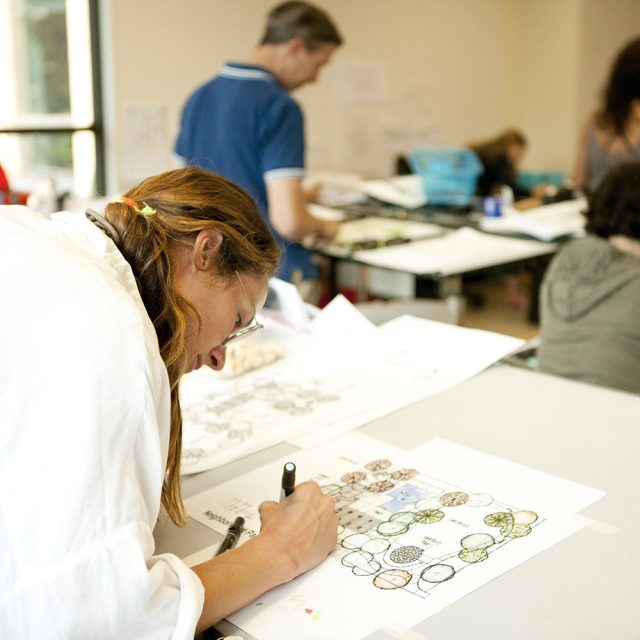
The
Landscape Design Certificate Program at NYBG is an engaging, career-oriented program that gives you a solid, plant-focused foundation along with the skills and confidence you need to start your own business. Or work as part of a design team. NYBG covers every aspect, from design principles and drafting, to site analysis and construction.
I’m a graduate of the Landscape Design program. I did it the long way over many years as I was working corporate - with its own intense hours and travel. I started off in the program just to up my design prowess and better understand garden history. I am fascinated by all history - but when I became smitten by the garden bug an entirely new world of “she-roes” and heroes opened up to me. And I thoroughly believe that one can’t truly be accomplished at their passion or art until you learn about the masters who went before us. Therefore, learning about the various garden cultures we celebrate and revere most today - think Persian, Italian, French, Chinese, Japanese, Peruvian, English - as well as the pioneers of garden design - was rather life altering. In fact, I became such an acolyte or garden history buff long before my studies concIuded, that I was networked to help contribute research on landscape design pioneer Nathan Barrett for the book, “Pioneers of American Landscape Design, The Cultural Landscape.” There was no turning back for me…
The study of Landscape and Garden Design quite literally, changed my life. I pivoted to not only work for NYBG and later for Brooklyn Botanic Garden (BBG) - still utilizing my communications and writing skill set - while at the same time, designing gardens for clients. I can readily assure you - it’s a most rewarding profession. It’s artful, challenging and exciting. There’s never a dull moment. You can create your own business or work for a design and build firm. I’ve been blessed to have many of the same clients - who are now friends - since I started Duchess Designs. We do design and garden maintenance - for yards, cityscape rooftops, decks, containers, and more.
And if you like continuing education - this is the world for you. All winter, we designers and horticulturists gather and learn at a number of professional organizations, including
Metrohort, where experts, authors, and thought leaders inform and lecture. Likewise, NYBG offers it’s notable
Landscape Design Portfolios Lecture Series - and lectures following our Landscape Design Alumni Group’s winter, monthly meetings; Wave Hill and BBG, too, offer talks.
We love our garden design community, always seeking to help each other and better our knowledge base in order to provide the very best for our clients. You’ll make lasting friends at the talks or the many conferences held across the country - and the globe.
See, the world of plants and garden art and design, and garden history, are endlessly beguiling.
Plus, learning how to design and grow edible gardens, sustainable gardens, organic gardens - and more - is critically important and becoming ever more so.
There’s just so much to learn.
But when you sign on for the Intensives, in just five short weeks, you’ll complete more than 25% of the courses required for the Certificate in Landscape Design. The Garden’s hands-on summer intensive program combines interactive coursework with plant walks led by NYBG Garden Curators, guest designer talks, and open studio time. You’ll develop a tight network of like-minded colleagues while coming up with solutions to real-world design challenges.
Classes:
- Landscape Design History
- Graphics Basic Plant ID
- Plants for Landscaping
- NYBG Curator Led Tours
- Off-Site Garden Visits
- Guest Designer Portfolio Presentations
- Open Studio Time
Dates: July 8–August 9
Tuition: $3,865 (Member) / $4,249 (Non-Member)
Special financing options are available.
Register Here 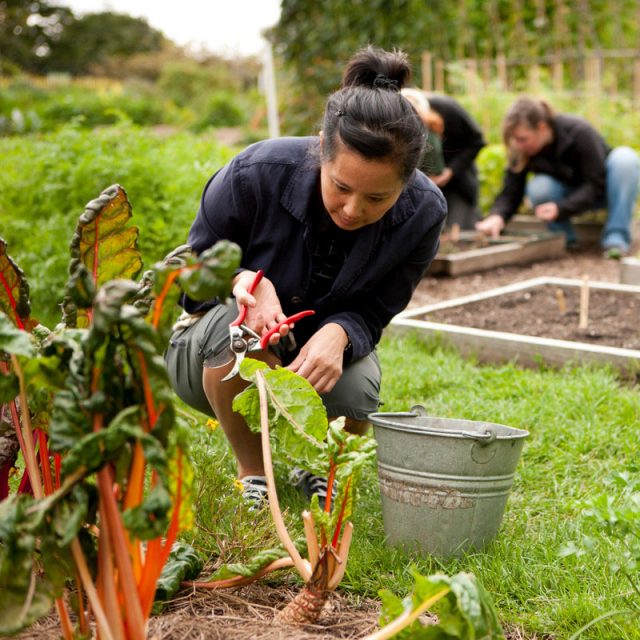
The
Gardening Certificate Program provides you with the core knowledge, hands-on training, and credentials you need to succeed in any garden setting with complete confidence.
Where better to learn gardening than in the Garden?! What an extraordinary experience...
The Summer Intensive Program offers the New York City area’s most in-depth courses on sustainable gardening techniques, soil science, plant propagation, garden care and design, and more.

In just three short weeks you’ll finish over 45% of all the gardening classes required to complete the Certificate Program, giving you a solid base in the principles of environmentally sound gardening. Special electives and curator-led tours of various Garden collections combine the best of the classroom and real-world field exposure.

Classes:
- Fundamentals of Gardening
- Soil Science for Gardeners
- Insect Identification and Management
- Plans for Landscaping
- Container Gardening
- Fundamentals of Garden Design
- Gardening with Native Plants
Dates: July 8–26
Tuition: $1,925 (Member) / $2,125 (Non-Member)
Special financing options are available.
Register here.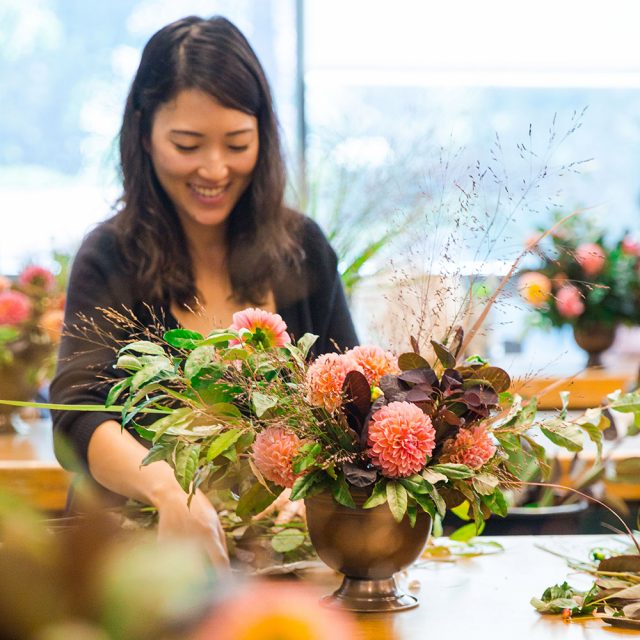
The Floral Design Certificate Program at NYBG is considered the true “Ivy League” of instruction for budding floral designers. Whether you want to up your home style or launch a florist business - this program offers the most in-depth training in the region, covering every aspect of this creative art.

The Floral Design program helps you develop your own aesthetic, master the mechanics for any arrangement, and gain practical business skills, so you graduate client-ready.
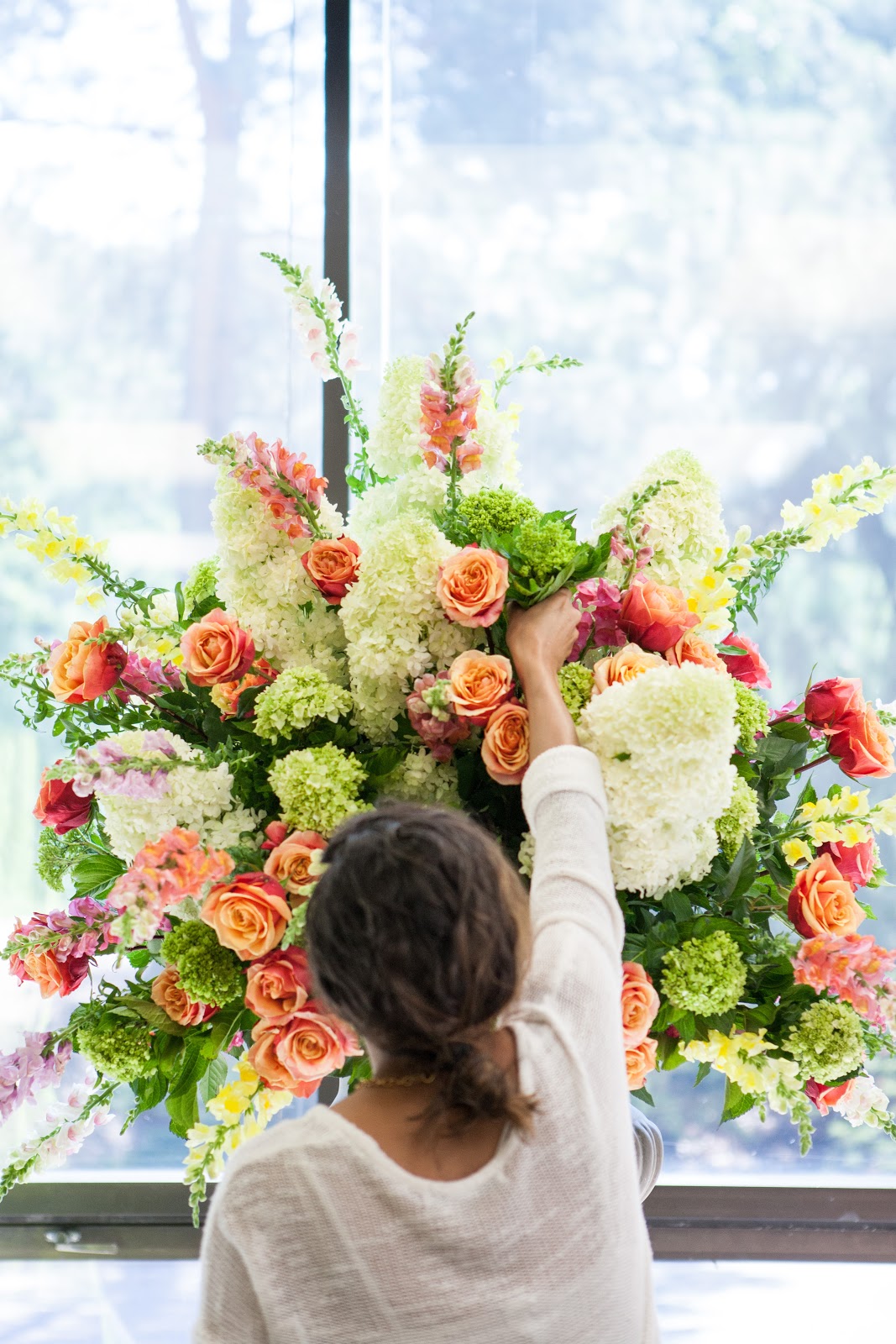
In just five short weeks, you can complete all of the classroom credits required for the Floral Design Certificate Program, and be ready to get started on your internship requirement ASAP.
Working alongside floral design professionals, you’ll create dozens of arrangements in diverse styles for many different occasions. This concentrated summer intensive program focuses on real-world situations, and includes a trip to New York’s flower district.
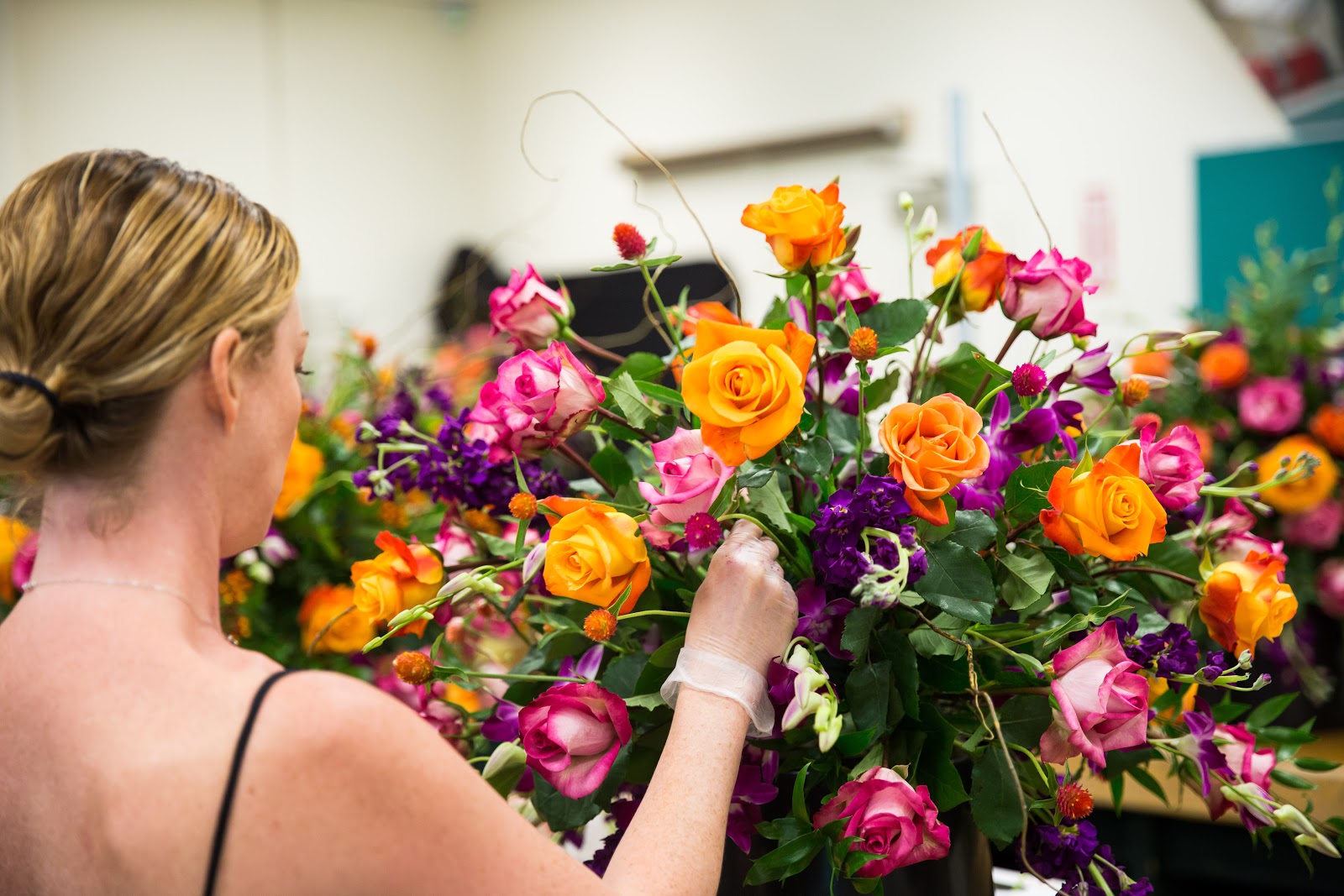 Classes:
Classes:
- Fundamentals of Form
- Fundamentals of Style
- Wedding Design I: Personals
- Wedding Design II: Ceremony & Reception
- Color Theory for Floral Design
- Flower ID from A to Z
- Interior Plantscapes
- Shopping the New York Flower Market
- Practical Planning for Designers
- Grand-Scale Arrangements
- Event Planning for the Floral Designer
- Four Specialty Electives
Dates: July 8–August 9
Tuition: $6,435 (Member) / $7,079 (Non-Member)
Special financing options are available.
Register here
Fast-Track your nascent Monet art skills.
If you’re like most of us, botanical art is always, consistently, irresistible. Why is that?
At one time, it was de rigueur for plant explorers to take an accomplished botanical artist with them on adventurous journeys to discover new, exotic plant cultures from around the globe. While this era clearly predates photography, the benefit to horticultural and science is that the botanical artist rendered the plant and the plant parts with formidable artistic skill so that scientists, pharmacists, and other professional trades could identify and understand these exciting new plants and pollinators. Do visit the NYBG Herbarium to see exciting samples of what Darwin and others brought back and see the work of these groundbreaking botanical artists.
It was later, that the illustrations became their own art - admired for their painstaking, astonishing detail.
Early artists still lusted after today include such masters as Pierre-Joseph Redouté (1766-1854). Think you have a tough boss - his job was working for Marie Antoinette - of the “Let them eat cake” style of management…

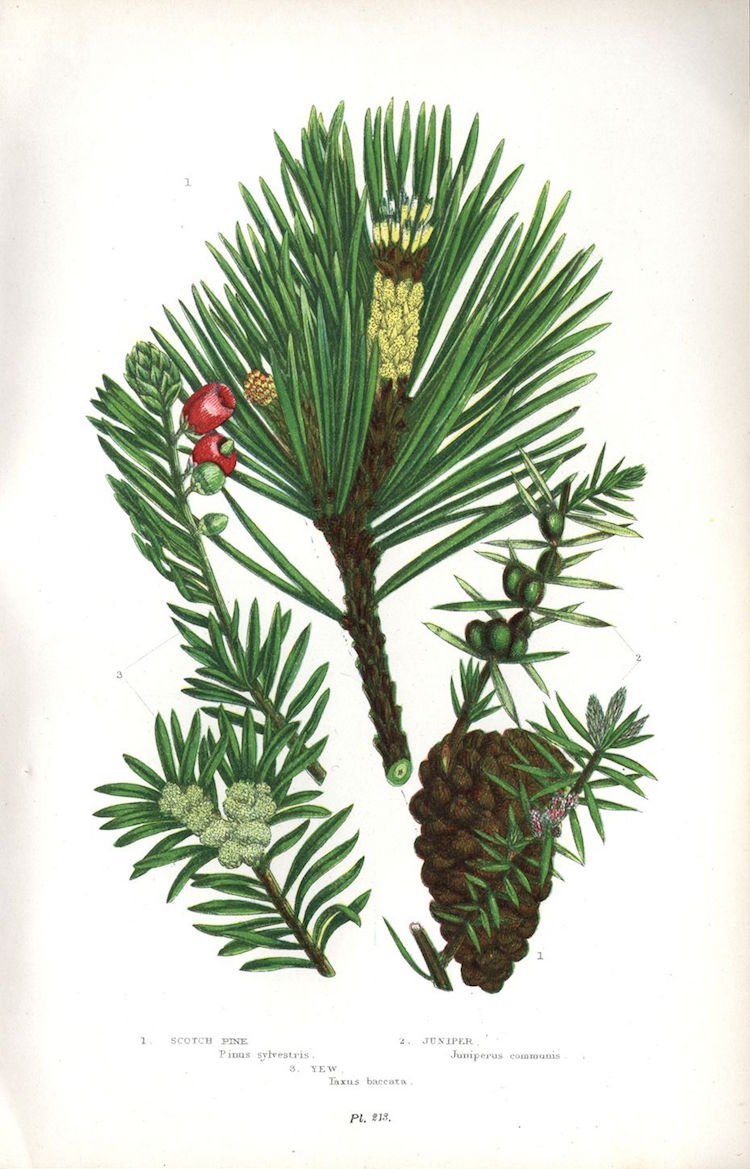
Then there’s Anne Pratt (1806-1893) - an English botanical illustrator from the Victorian age who popularized the burgeoning world of botany by writing and illustrating more than 20 books.
Today, I have a number of botanical friends, distinguished by their botanical art oeuvres.
I’ll tell you about a few of these amazing talents. Former NYBG Botanical Art & Illustration Coordinator
Wendy Hollander is a favorite.
When I was the Director (and later, VP) at Brooklyn Botanic Garden, I asked Wendy to offer us a design to choose from for a milestone Sakura Matsuri / Cherry Blossom anniversary. Of course, Wendy provided us a breathtaking design.
Later, for me personally, I asked her to render native plants to highlight a window treatment design I wanted to create on a whisper light
Spoonflower fabric that serves as a kind of scrim - allowing us to see out to the garden beyond but still offering privacy. Wendy and I worked together to select the botanical, natives - from viburnums to shore mallow to orchids - that would adorn the relaxed Roman shade, with other smaller botanicals to create the shade’s borders. Wendy worked her art magic while somehow getting the art onto the fabric…


The shade art continues to fascinate and thrill my husband Bill and I - along with our guests, friends, and family.
Then there is the extraordinary art of the botanical artist and garden designer Jean Galle - (this woman can’t be limited to just one art form! In fact, she was also an award-winning fashion designer!) Jean transcends garden categories with her artful expressions…
I adore her intimate botanical art. Follow Jean on
Instagram You can also purchase her art directly. "Suitable for framing," as they say. And then some...
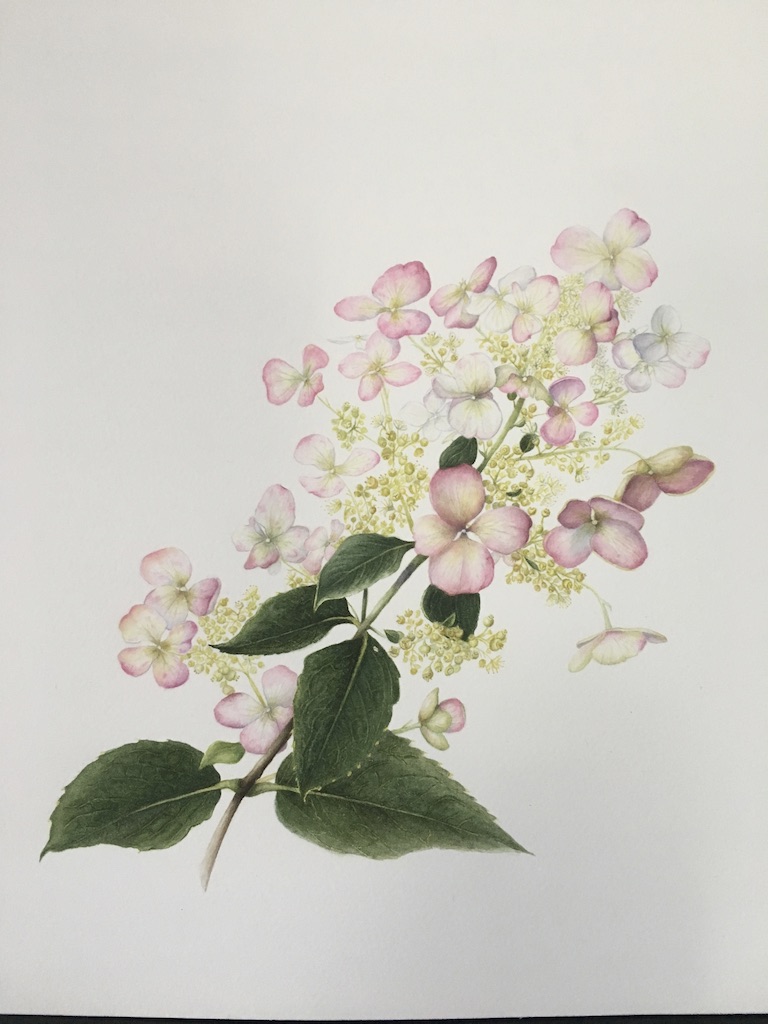 |
| Jean Galle Botanical Art |
In fact, I rather cheekily asked if I could use one of her peony renderings (peony being my favorite bloom for its ridiculously lush and sexy blossom and fragrance). I was thrilled that Jean not only said yes, but modified the size so I could print out for table name cards or place settings for a recent “Ladies Who Lunch” party! I just cut and pasted onto the name cards for a pretty-in-pink experience.
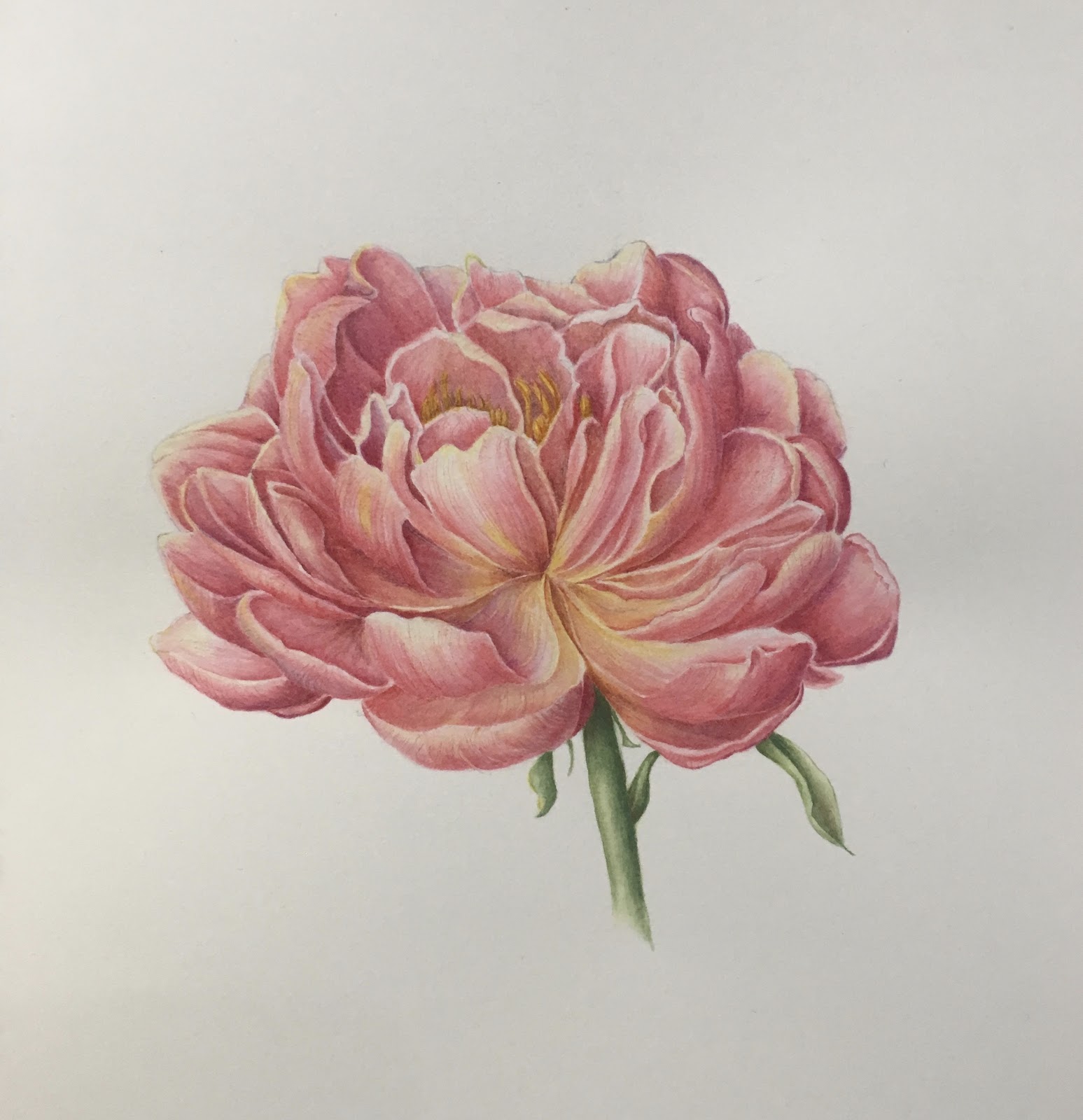 |
| Jean Galle Botanical Art |
My point is that there is so much joy to come from these artful garden pursuits. Besides your own gratification you can pursue a business enterprise. There are more ways to use your art - from interior and exterior design to home-branded accessories, greeting cards, fashion and more…
The Botanical Art & Illustration Certificate Program provides a solid foundation in scientifically accurate drawings so you can recreate plants, plant parts, and pollinators in amazing detail, natural color, and convincing form. The Garden’s extraordinary instructors share their expertise in the nurturing yet rigorous botanical art classes.
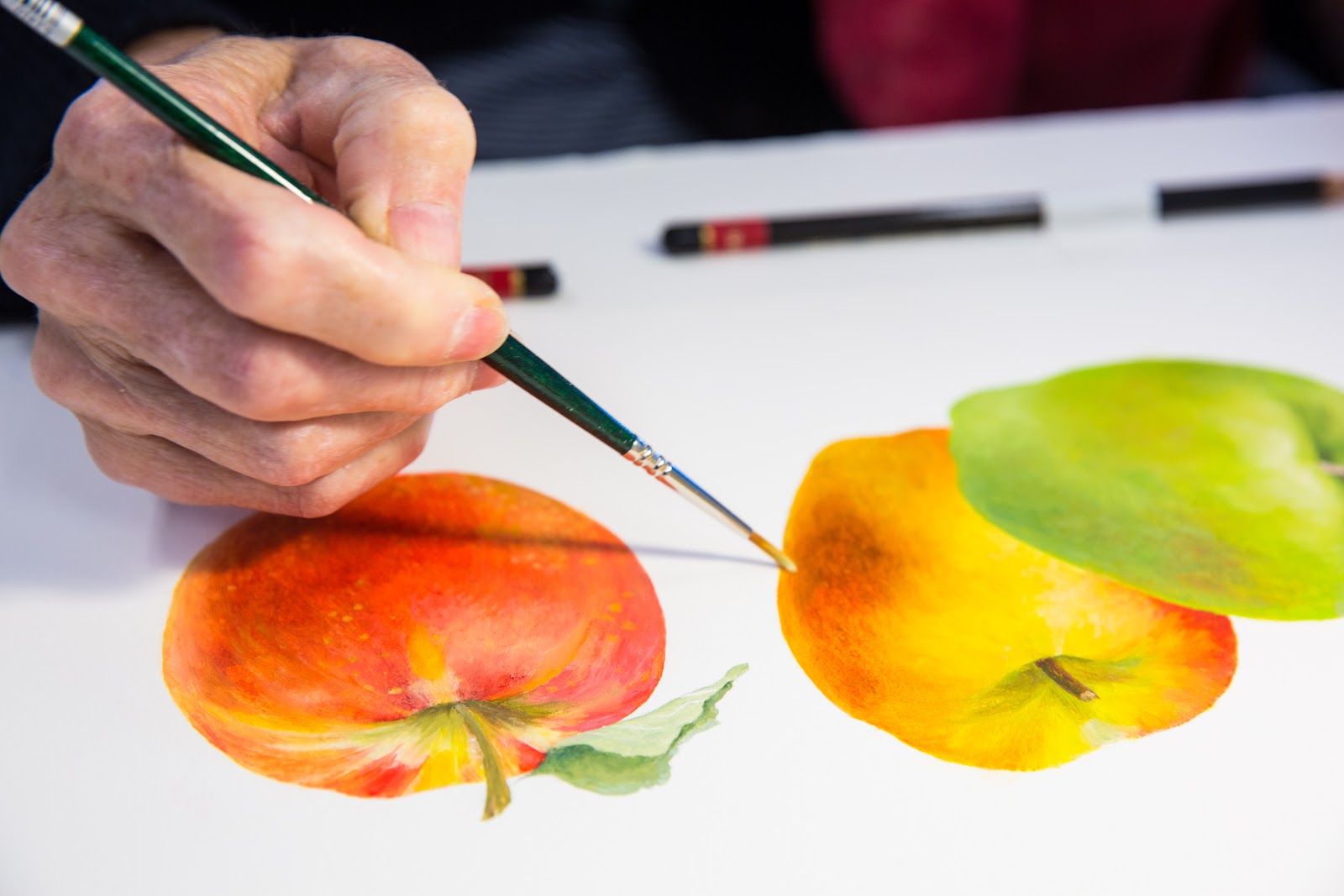
With the summer intensive schedule, students can advance their artistic skills quickly. Newcomers to Botanical Art & Illustration can complete Botanical Drawing I & II in just four weeks—less than half the time it normally requires. Other required classes are also offered in a reduced time frame.
Plus, you’ll have the rarest of opportunity - to learn to draw and paint surrounded by all the inspiring plants who live at the Garden!
Do you want to paint a native black tupelo tree (Nyssa sylvatica ‘Wildfire’ to ahem, fire up an autumn harvest invitation? No worries.
Do you dream of rendering a white Chinese peony (Paeonia obovata var. alba) for a Mother’s Day or birthday gift?
Do you yearn to create a line of personalized place cards for your next pastry party featuring chocolate pods? No problem - you can head over to the Enid A. Haupt Conservatory and cozy up to a Theobroma cacao tree.
It’s all so exotic yet you have ready access...
 Classes:
Classes:
- Botanical Drawing I: Methods and Materials
- Botanical Drawing II: Developing Your Skills
- Pen and Ink
- Colored Pencil
Dates: Classes start July 8—August 9
 The Horticultural Therapy Certificate Program
The Horticultural Therapy Certificate Program at NYBG offers the most in-depth training in the New York City area.
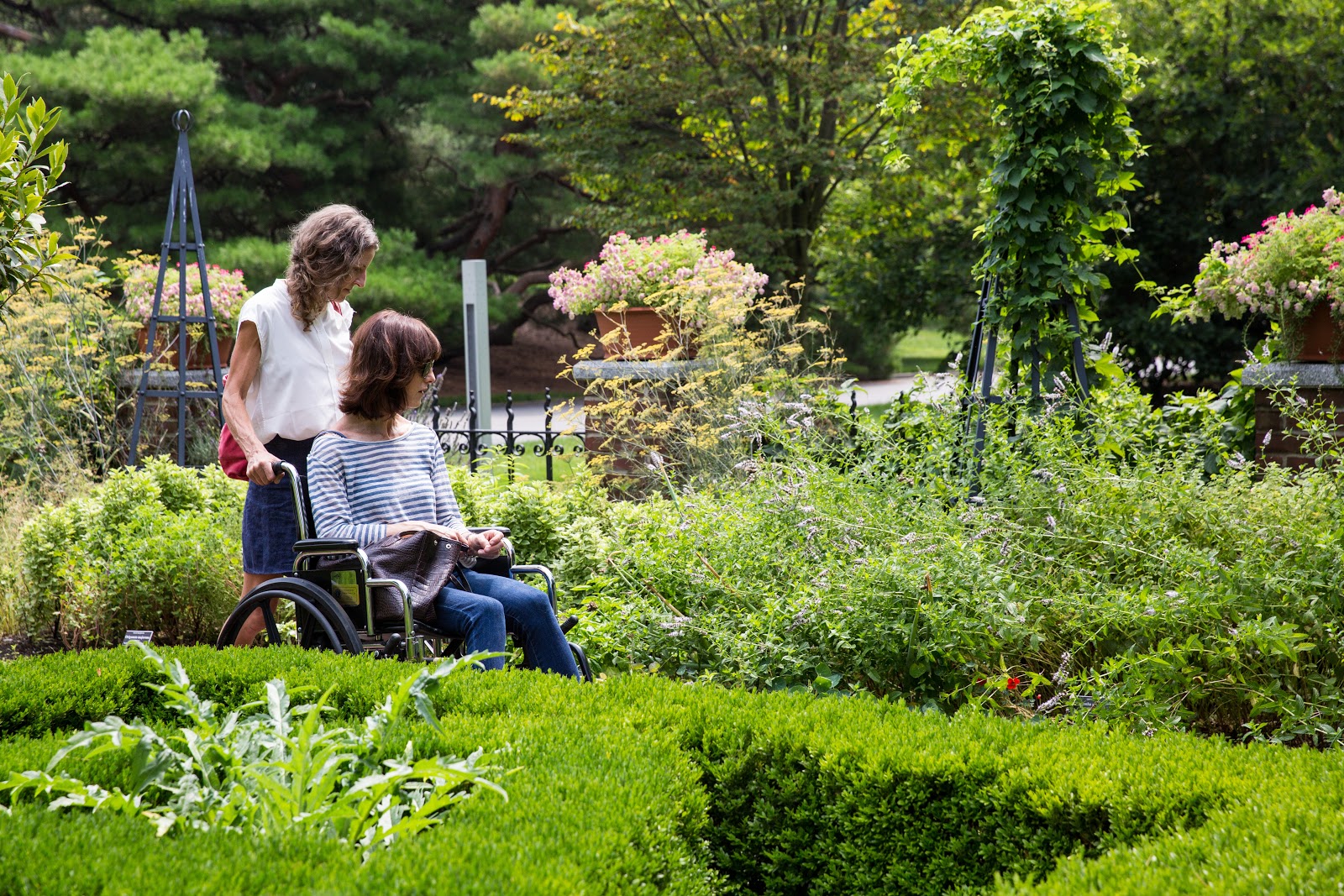
Taught by practicing horticultural therapists, this program will train you to design, implement, and manage programs that use plants and the natural environment to heal a broad range of people in need.
With the Garden’s summer intensive schedule, you can immerse yourself in the Hort Therapy study in a limited amount of time. Take just one class or go all in for the nine required horticultural therapy courses in just three months.
My personal belief is that Horticultural Therapy is destined to become a burgeoning, much sought-after profession because there will be (ahem) such a “growing need.
Especially because of the aging baby-boomer cohort, and increasingly, as urban populations rise further removing them from nature - there is, at the same time, a parallel recognition that plants heal. Naturally.
It’s been called nature therapy or ecotherapy -where instructors teach how to leverage nature to boost immunity and mood. From “
forest bathing” or Shinrin-yoku (I greatly enjoyed this class at NYBG last spring) to mindfulness, health and wellness, Hort Therapy practitioners will experience ever more interest and need for their services.
You’ll also have the opportunity to get a close-up look at the day-to-day practices of local horticultural therapy programs at
NYU Langone Medical Center, the
Horticultural Society of New York’s Greenhouse Program on Rikers Island, or
Good Samaritan Regional Medical Center. Classes:
Classes:
- Introduction to Horticultural Therapy
- Horticultural Therapy for Older Adults
- Horticultural Therapy for Physical Rehabilitation
- Horticultural Therapy for Exceptional Youth
- Activities Analysis for Horticultural Therapy
- Horticultural Therapy in Behavioral Health Settings
- Horticultural Therapy Methods & Materials
- Garden Design for Special Populations
- Horticultural Therapy Program Management
Dates: Classes start June 10—August 24
If you have any questions or want to talk it through, the wonderful, Adult Education staff is happy to help you. Call 718.817.8747 or e-mail adulted@nybg.org
* Remember to Comment and re-post to win. And use the code to save money on your next garden adventure.
See you at the Garden.
All photos courtesy of The New York Botanical Garden



























